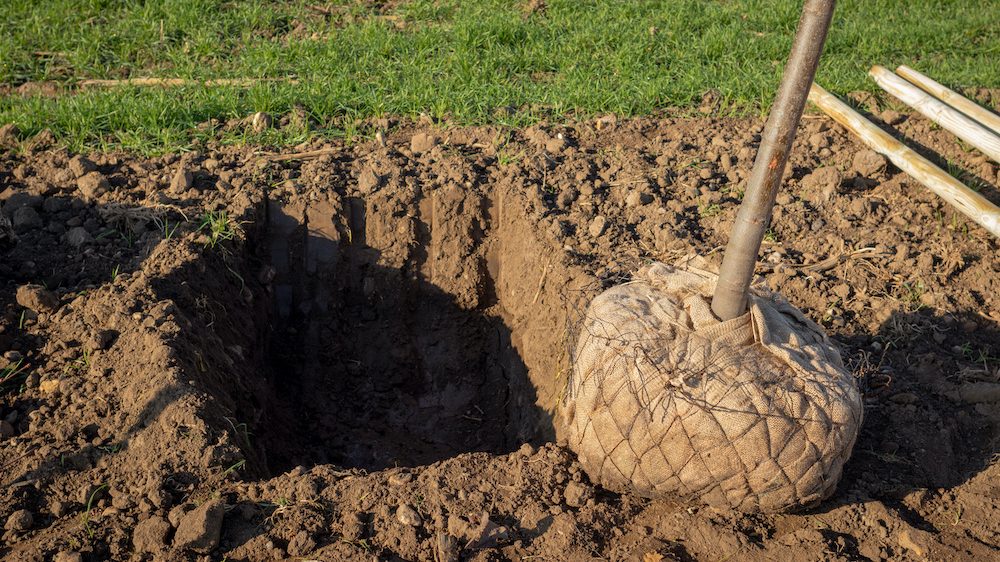
 11
11






 7
7




- Tim's Homestead Journal - Purchase a copy of Building a Better World in Your Backyard - Purchase 6 Decks of Permaculture Cards -
- Purchase 12x Decks of Permaculture Cards - Purchase a copy of the SKIP Book - Purchase 12x copies of Building a Better World in your Backyard
 4
4




Invasive plants are Earth's way of insisting we notice her medicines. Stephen Herrod Buhner
Everyone learns what works by learning what doesn't work. Stephen Herrod Buhner

 8
8




* Follow your curiosity , Do what you Love *
Permaculture page on Simperi website | Guides for a more intuitive life
 8
8




-Ayva Jean
 10
10




“We can complain because rose bushes have thorns, or rejoice because thorn bushes have roses.” — Abraham Lincoln
 6
6




Timothy Norton wrote:I could not find a thread focused on how to be successful when transplanting trees and bushes so I figured I would make one.
(source)
With spring here, it is the season of transplanting both potted and bareroot stuffs.
How do you do it?
$10.00 is a donation. $1,000 is an investment, $1,000,000 is a purchase.
 7
7




“We can complain because rose bushes have thorns, or rejoice because thorn bushes have roses.” — Abraham Lincoln
 4
4




Jen Fulkerson wrote:I forgot a very important step with bare-root, and maybe even potted plants. Prune them. The bare-root peach trees I planted had a very small amount of roots, and a bunch of branches. By removing some of the branches, and pruning the rest it gives the tree a better chance to sustain itself.
$10.00 is a donation. $1,000 is an investment, $1,000,000 is a purchase.












 5
5





- Tim's Homestead Journal - Purchase a copy of Building a Better World in Your Backyard - Purchase 6 Decks of Permaculture Cards -
- Purchase 12x Decks of Permaculture Cards - Purchase a copy of the SKIP Book - Purchase 12x copies of Building a Better World in your Backyard












 3
3




- Tim's Homestead Journal - Purchase a copy of Building a Better World in Your Backyard - Purchase 6 Decks of Permaculture Cards -
- Purchase 12x Decks of Permaculture Cards - Purchase a copy of the SKIP Book - Purchase 12x copies of Building a Better World in your Backyard
 6
6




Air and opportunity are all that stand between you and realizing your dreams!
 3
3




May the Forest be with you,
Tavonna Nira
 2
2




Timothy Norton wrote:An alternative to my chicken wire pest deterrent could be Sepp Holzer's Bone Sauce that is applied right to the plant.
I have not tried this, but I may in the near future.
 4
4





|
Won't you be my neighbor? - Fred Rogers. tiny ad:
The new permaculture playing cards kickstarter is now live!
https://www.kickstarter.com/projects/paulwheaton/garden-cards
|








